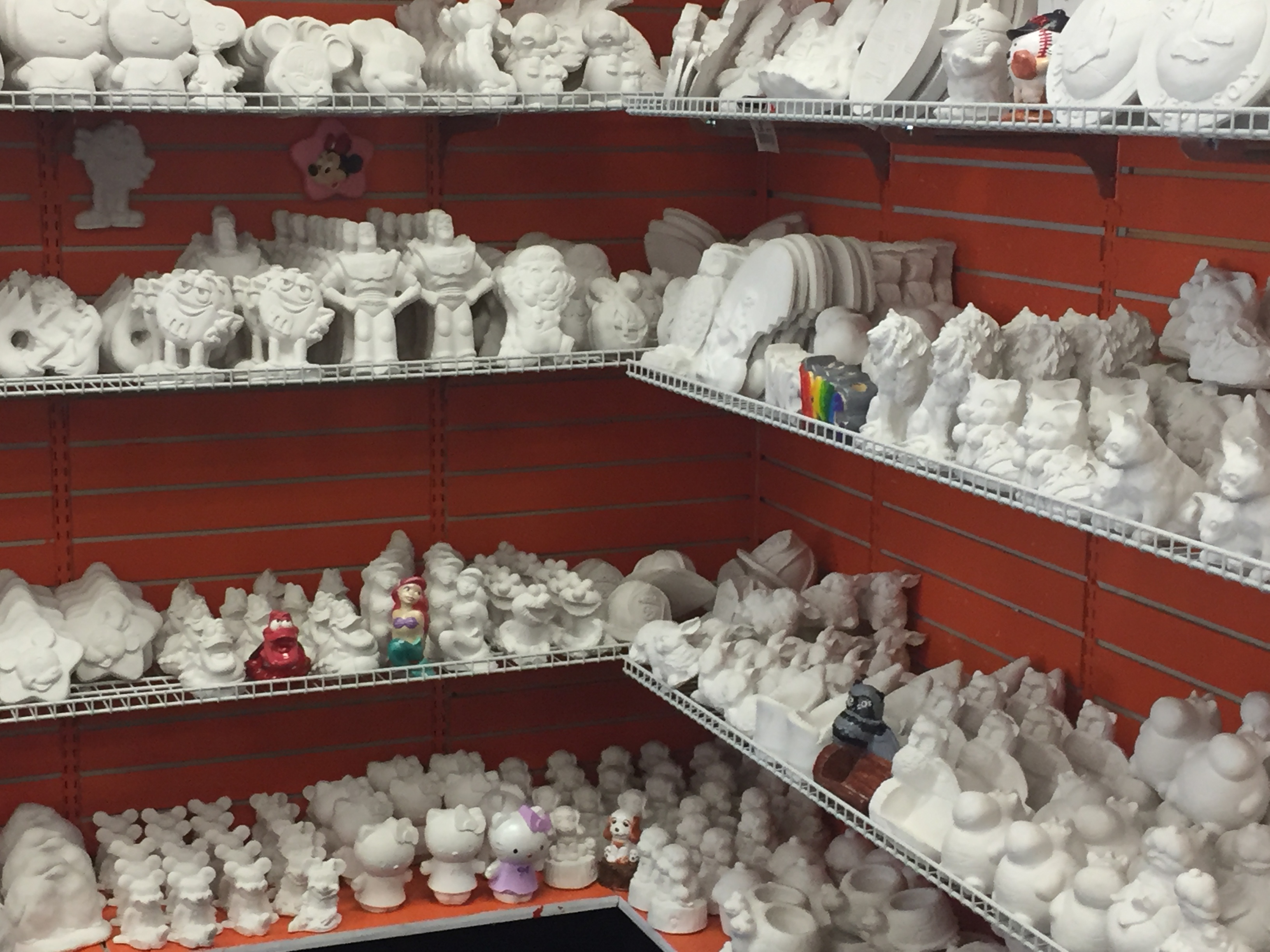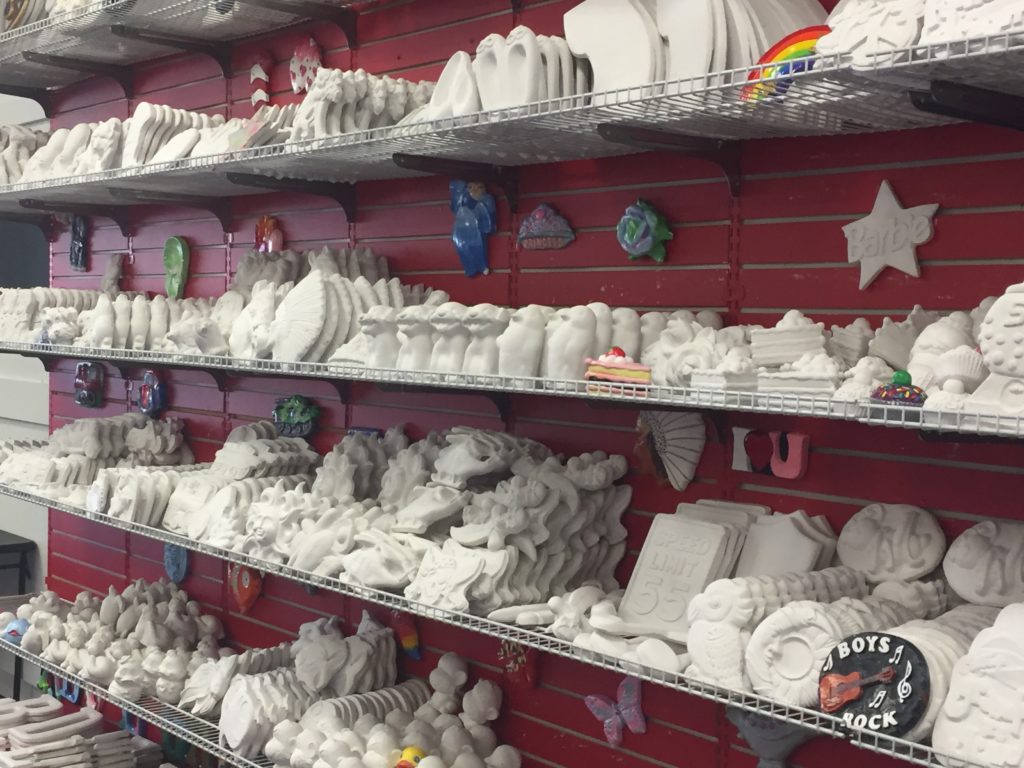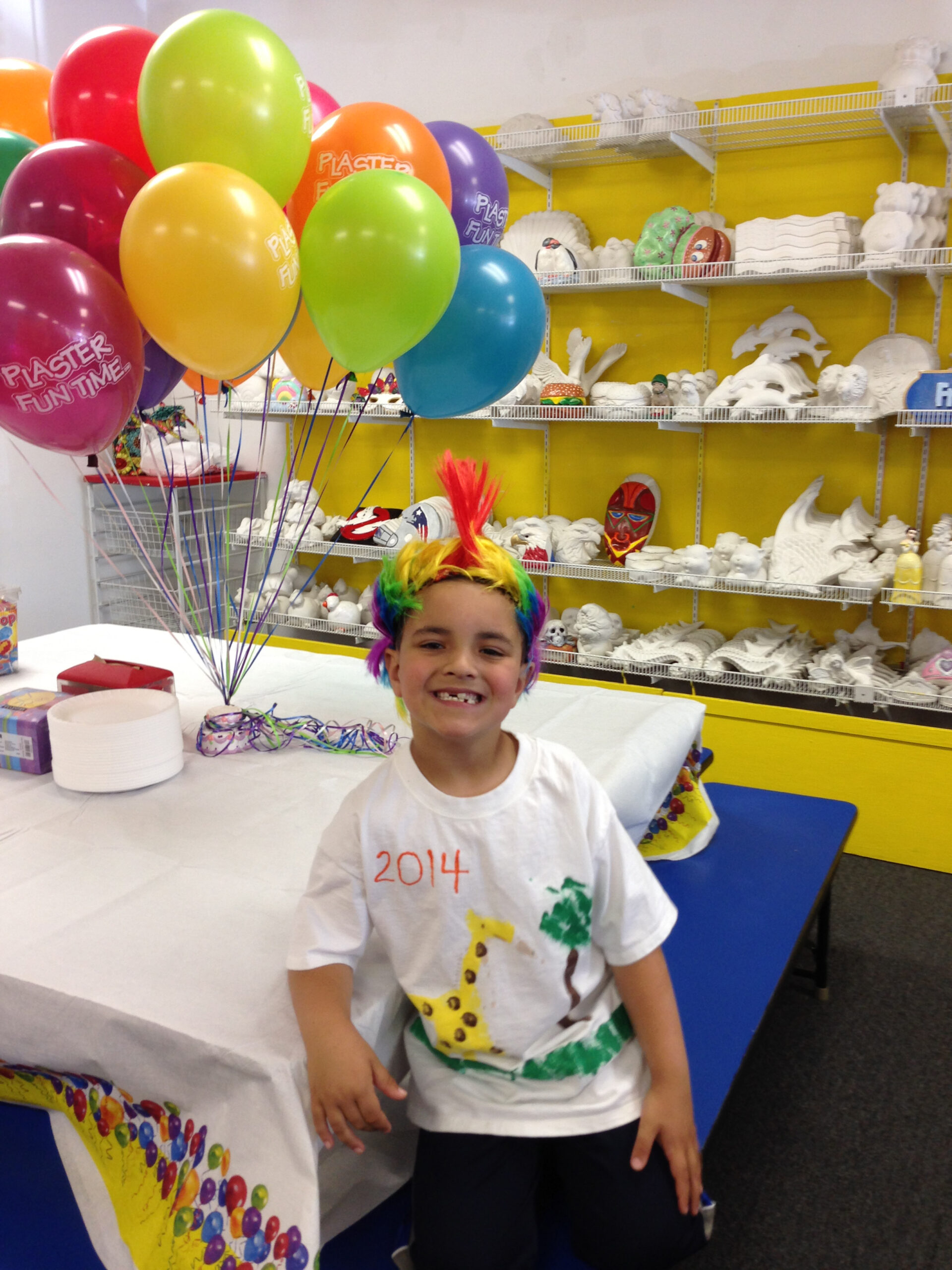Kids Plaster Fun Time: Paint & Play!
The act of creatively decorating pre-made plaster shapes with paints, glitter, and other embellishments constitutes a recreational activity enjoyed by individuals of various ages. This pastime often involves purchasing plain, white plaster figures and then applying colorful paints and decorative elements to customize them, resulting in unique, personalized artworks. Examples include painting plaster animals, characters, or holiday-themed objects.
This artistic pursuit offers several advantages, including fostering creativity, improving fine motor skills, and providing a relaxing and engaging outlet for self-expression. Historically, similar forms of art and craft have been used for both leisure and therapeutic purposes, allowing individuals to explore their artistic inclinations in a low-pressure environment. This type of hands-on activity also promotes social interaction and can be a source of shared enjoyment when undertaken in groups.
The following discussion will delve into specific aspects of this creative practice, exploring the different materials involved, techniques for achieving optimal results, and considerations for ensuring a safe and enjoyable experience. This will provide a detailed understanding of the multifaceted nature of this popular recreational pursuit.
- Connor Payton Is Sean Payton S Son
- Love Island Australia Season 4 Where Are
- Ebony Obsidian Parents Where Are They Now
- M I A Rapper Family Husband Children
- Antron Brown Wife Billie Jo Brown Married
Frequently Asked Questions
This section addresses common inquiries regarding the activity centered on decorating pre-made plaster forms.
Question 1: What age range is most suitable for engaging in plaster fun time?
While individuals of all ages can participate, children typically benefit most from the developmental aspects, such as improved fine motor skills and creative expression. Adult supervision is advised for younger participants.
- Rosie Langley Height Weight Net Worth Age
- Kanwal Rekhi Net Worth Income Salary Earnings
- Liz Shanahan Is Michael Symon S Wife
- Kari Karte Has Been Sammy Hagar S
- Dr Cade Hunzeker Cause And Death How
Question 2: What types of paints are recommended for plaster figures?
Acrylic paints are generally preferred due to their vibrant colors, durability, and ability to adhere well to plaster surfaces. Tempera paints are also suitable for younger children due to their water-based and non-toxic nature.
Question 3: Are there any safety precautions that should be observed during the activity?
Yes, it is advisable to use non-toxic paints and craft materials, particularly when working with children. A well-ventilated workspace is also recommended. Furthermore, protect surfaces with newspaper or a plastic tablecloth to prevent paint spills.
Question 4: How can the plaster figures be sealed or protected after decoration?
Applying a clear sealant or varnish after the paint has dried can protect the finished artwork from chipping and fading. This is particularly useful for figures that will be handled frequently or displayed in high-traffic areas.
Question 5: Where can one acquire the necessary materials for plaster fun time?
Plaster figures, paints, brushes, and other decorative elements are commonly available at craft stores, hobby shops, and online retailers. Many educational supply stores also carry these materials.
Question 6: How can one remove paint stains from clothing or other surfaces?
The effectiveness of stain removal depends on the type of paint used. For acrylic paints, immediate washing with soap and water is often effective. For more stubborn stains, a specialized stain remover may be required.
In summary, this activity presents a versatile and engaging opportunity for creative expression and skill development. Following appropriate safety guidelines and utilizing suitable materials ensures a positive and rewarding experience.
The subsequent section will explore various project ideas and techniques to further enhance the creative possibilities of this activity.
Tips for Plaster Fun Time
This section outlines useful guidelines to optimize the creative process of decorating pre-made plaster forms, ensuring a successful and enjoyable outcome.
Tip 1: Prepare the Work Surface. Protection of the surrounding area is paramount. Covering the workspace with newspaper, plastic sheeting, or a dedicated craft mat minimizes the risk of accidental paint spills or other materials damaging furniture or flooring.
Tip 2: Prime the Plaster Figure. Applying a primer to the plaster figure before painting can significantly improve the paint's adhesion and coverage. A white or light-colored primer is typically recommended to provide a uniform base for subsequent colors.
Tip 3: Employ Appropriate Brushes. The selection of brushes should align with the desired level of detail and the size of the plaster figure. Fine-tipped brushes are ideal for intricate details, while larger, flat brushes are suitable for covering broad surfaces efficiently.
Tip 4: Layer Colors Strategically. To achieve depth and dimension in the finished artwork, consider layering colors. Applying lighter shades before darker ones allows for blending and highlighting effects, enhancing the visual appeal of the piece.
Tip 5: Allow Adequate Drying Time. Patience is crucial. Allowing each layer of paint to dry completely before applying the next prevents colors from bleeding together and ensures a more polished, professional finish.
Tip 6: Use Sealer for Longevity. After the paint has dried, applying a clear sealant or varnish will protect the artwork from chipping, fading, and moisture damage. This is especially important for pieces intended for display or handling.
Tip 7: Incorporate Mixed Media. Beyond paint, consider incorporating other materials, such as glitter, beads, sequins, or fabric scraps, to add texture and visual interest to the plaster figure. Secure these embellishments with a strong adhesive suitable for plaster.
Adhering to these recommendations can enhance the quality and longevity of decorated plaster figures, fostering a more rewarding creative endeavor.
The concluding section will summarize the main points of this discussion and offer suggestions for further exploration of related artistic activities.
Conclusion
This exploration of plaster fun time has illuminated its multifaceted nature as a recreational and artistic pursuit. It encompasses a range of benefits, from fostering creativity and refining motor skills to providing a relaxing and engaging avenue for self-expression. The judicious selection of materials, adherence to safety guidelines, and application of effective techniques are critical for maximizing the positive outcomes of this activity.
The enduring appeal of plaster fun time lies in its accessibility and adaptability. Whether pursued as a casual hobby or a more structured art project, it offers individuals of all ages and skill levels the opportunity to engage with the creative process. Continued exploration and innovation within this medium promise to unlock new avenues for artistic expression and personal enrichment.
- Who Is Rogel Lazaro Aguilera Mederos Wife
- Us Congresswoman Of Minneapolis Ilhan Omar Is
- Who Is Ciara Bravo Dating Now Past
- Who Is Kevin Bacon S Son Travis
- Janelle Is Better Youtube Star Detailed Bio

Plaster Fun TimeAT HOME FUN! Plaster Fun Time

Plaster Fun TimeAT HOME FUN! Plaster Fun Time

Plaster Fun TimeTake a look inside Plaster Fun Time